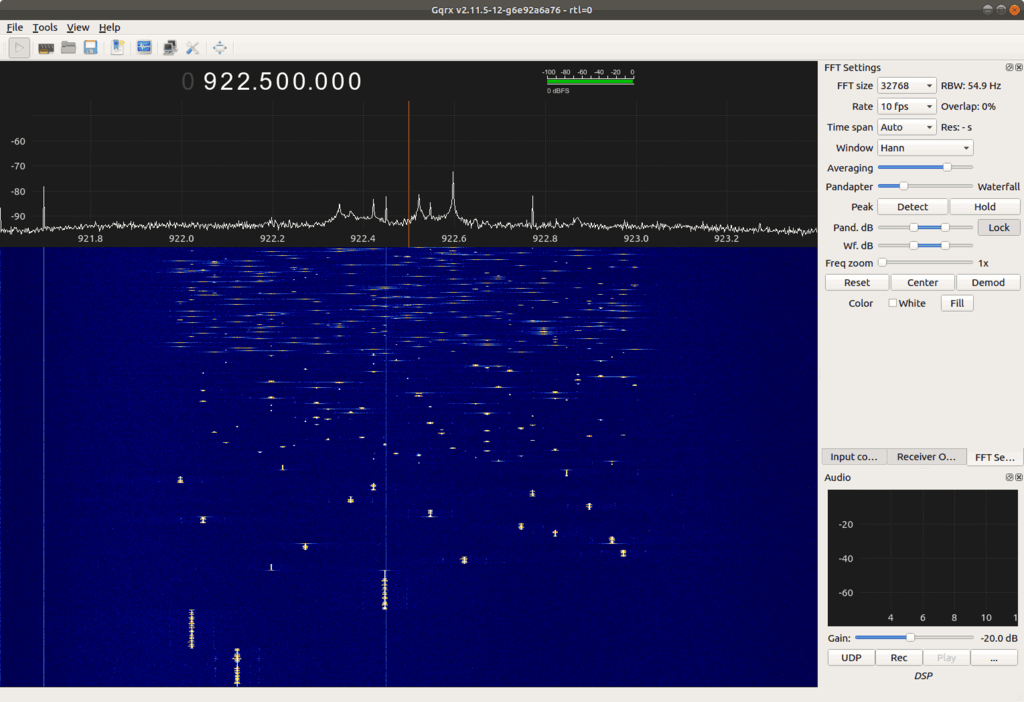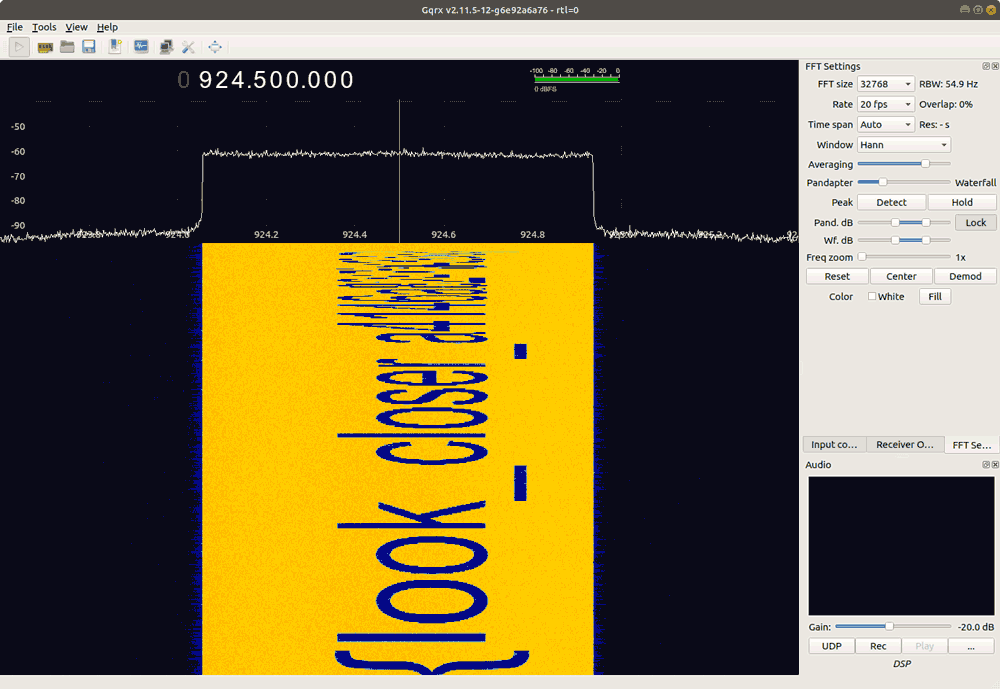The Toosheh Project: An Outernet-like Service for Iran and the Middle East
If you've been following our blog over the years, you'll know that we've mentioned the "Outernet" (now known as "Othernet") service a few times. Othernet is a satellite service that wants to provide one way data such as news, weather, audio, books and Wikipedia articles to those in areas with poor, censored or no internet connection. Previous iterations made use of home satellite TV equipment, then L-band (with RTL-SDR receivers) and now the Ku-band with LoRa receivers. Currently it's only available in North America and Europe.
However, thanks to a reader we were recently informed about an interesting and long running Othernet-like service for the Middle East called "Toosheh" (aka Knapsack) which makes use of satellite TV dishes and receivers that are very common in the Middle East. While not specifically related to SDRs, this is an interesting RF related project and situation that we wanted to post about.
Our reader is from Iran where the government recently shutdown the entire country's internet for 7-days due to anti-government protests. The reader wanted to share information about the Toosheh project which has been operating for several years now, and is one of the ways Iranians can get around heavy internet censorship and blockages.
After two rough weeks of no internet access at all, finally, we're gaining access again and getting back online slowly. As you may know (if you are following the news) a complete internet shutdown conducted by the I.R. of Iran due to some intense protests across the whole country against the government because of a 200% sudden and unannounced gas price increment. The internet is censored in my country anyhow but this time it was a big one. We only had access to a few domestic websites and NOT even Google services! That was tough!
I know it may be irrelevant to the subject of your blog but it's good for your audience to understand and know the people who have worked hard way before the OUTERNET project to develop a satellite offline broadcast with almost no special devices to receive and use and bring free and uncensored information to the people in Iran.
The major role of the Toosheh project occurred in the Iran 2012 presidential election protests which there were no major broadband internet services all over the country and it a lot to bring daily updates of news and TV programs.
The Toosheh is a one-way receive only from the satellite but the tricky part is that Toosheh is not just like a simple satellite data link but it appears as a TV channel in all satellite TV receivers which are very common in Iran, so the blockage of it is hard for the government. However, some trials were arranged by the government back in that time to collect the satellite dishes or jam the signals or mass destruction (!) of the satellite receivers which they currently no longer common in most parts of the country. (at least without unnecessary violence. check out this link: بجستان نیوز » معدوم سازی تجهیزات ماهوارهای در بجستان+عکس (Admin note: Article is in Perisian, use Google Translate to translate Persian to English)The procedure to use this service is freaking simple. Set your dish to Yahsat and search for the channels on 11766 Mhz. Select the Toosheh channel, plug a flash drive to your receiver and record the blank screen in.TS format using the PVR capability. After several hours of recording unplug your flash drive and connect it to your phone, tablet or laptop. Then open the Toosheh app and you are good to go. Now you have access to dozens of free podcasts, music, books, movies, news, webpages, TV shows and much more that will be updated every single day and if you need something specifically just send them an email. Exactly as same as the OUTERNET but without any special equipment and only with ordinary receivers that are available in almost every home nowadays.
Also if you see their website at toosheh.org and search some other press blogs about Toosheh you can gain more info about the topic.

We also note that this appears to be the English language version of Toosheh project which provides some more information about coverage and the technology used: https://knapsackforhope.org. Coverage is only available in the middle east.



